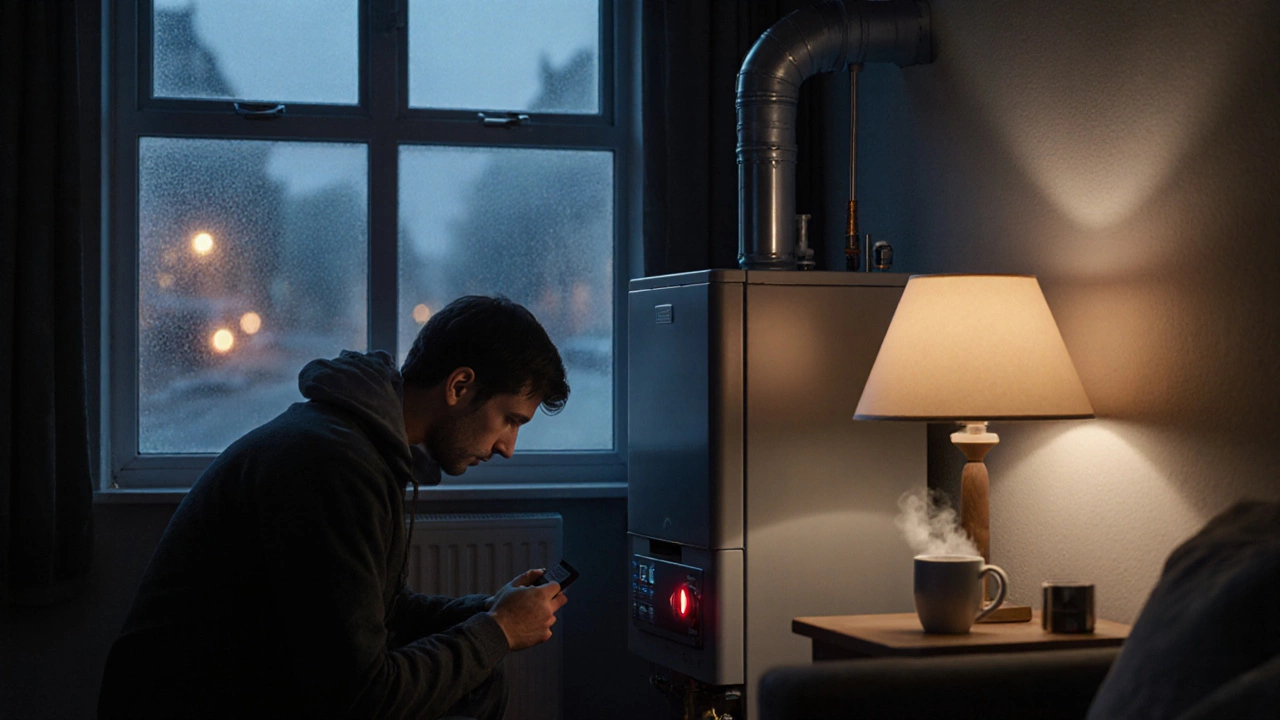Emergency Heating: What to Do When Warmth Fades Fast
When dealing with emergency heating, a sudden loss of warmth that can leave a home uncomfortable or unsafe. Also called urgent heating, it often stems from failures in key systems like the water heater, the appliance that supplies hot water for showers, taps and heating loops or the boiler, the central unit that heats water or steam for radiators and central heating. Even a broken heating element, the electric part that generates heat in ovens, electric boilers or water heaters can trigger an emergency situation. Emergency heating encompasses water heater issues, requires a working boiler, and can be sparked by a faulty heating element. Understanding these links helps you act fast and keep the house cosy.
Why does emergency heating happen so often? In many homes the water heater’s reset button trips when sediment builds up or the thermostat fails, cutting off hot water and sometimes the entire heating circuit. A boiler that won’t fire because of a low‑pressure alarm or a broken pump also shuts down central heating in minutes. On the electric side, a heating element that burns out in an oven or electric water heater leaves you without a reliable heat source. The common thread is that a single component failure can cascade, turning a mild inconvenience into a full‑blown heat outage. Recognising the pattern saves you from panic and lets you target the right fix.
Quick Steps to Restore Heat
If you notice the temperature dropping, start with the water heater. Locate the reset button (often a red or black knob near the thermostat) and press it gently; if it trips again, the thermostat is likely defective or the tank has excess sediment. A quick flush—turning off power, draining a few gallons, and refilling—can clear buildup and prevent future trips. Next, inspect the boiler pressure gauge; if it’s below the recommended range (usually 1–1.5 bar when cold), add water using the filling loop until it steadies. Listen for any strange noises, as they can hint at pump or valve problems that need professional attention. Finally, check any visible heating elements for cracks or discoloration; a burnt‑out element will often show black spots or a distinct smell.
When the DIY checks don’t solve the issue, calling a certified technician is the safest move. Professionals can test the TPR (temperature‑pressure relief) valve on a water heater, verify the gas safety on a boiler, and replace a heating element with the right voltage rating. They also have the tools to safely vent any trapped pressure and ensure that the system complies with UK regulations. While waiting for a visit, keep the house insulated—close doors, use draft‑excluders, and layer clothing to stay comfortable. A temporary electric heater can buy you time, but never bypass safety devices or overload circuits.
Beyond the immediate fix, regular maintenance prevents future emergencies. Flushing a water heater once a year reduces sediment, which is a leading cause of reset trips. Annual boiler servicing catches worn seals, dirty burners and low‑efficiency issues before they cause breakdowns. And if you rely on electric heating, schedule a heating‑element inspection every two years to spot early signs of wear. These habits not only keep heat flowing but also extend the lifespan of costly appliances, saving you money in the long run.
Armed with this overview, you’ll recognize the signs of an emergency heating event, know which component to check first, and understand when to DIY versus when to call a pro. Below you’ll find a curated collection of articles that dive deeper into water heater resets, boiler service schedules, heating‑element replacements, and more. Use them as a toolbox for staying warm when the unexpected happens.
How to Heat Your Home When the Boiler Breaks
0 Comments
Learn safe, quick ways to keep your home warm after a boiler failure, from temporary heaters to insulation tricks and when to call a pro.
Read More